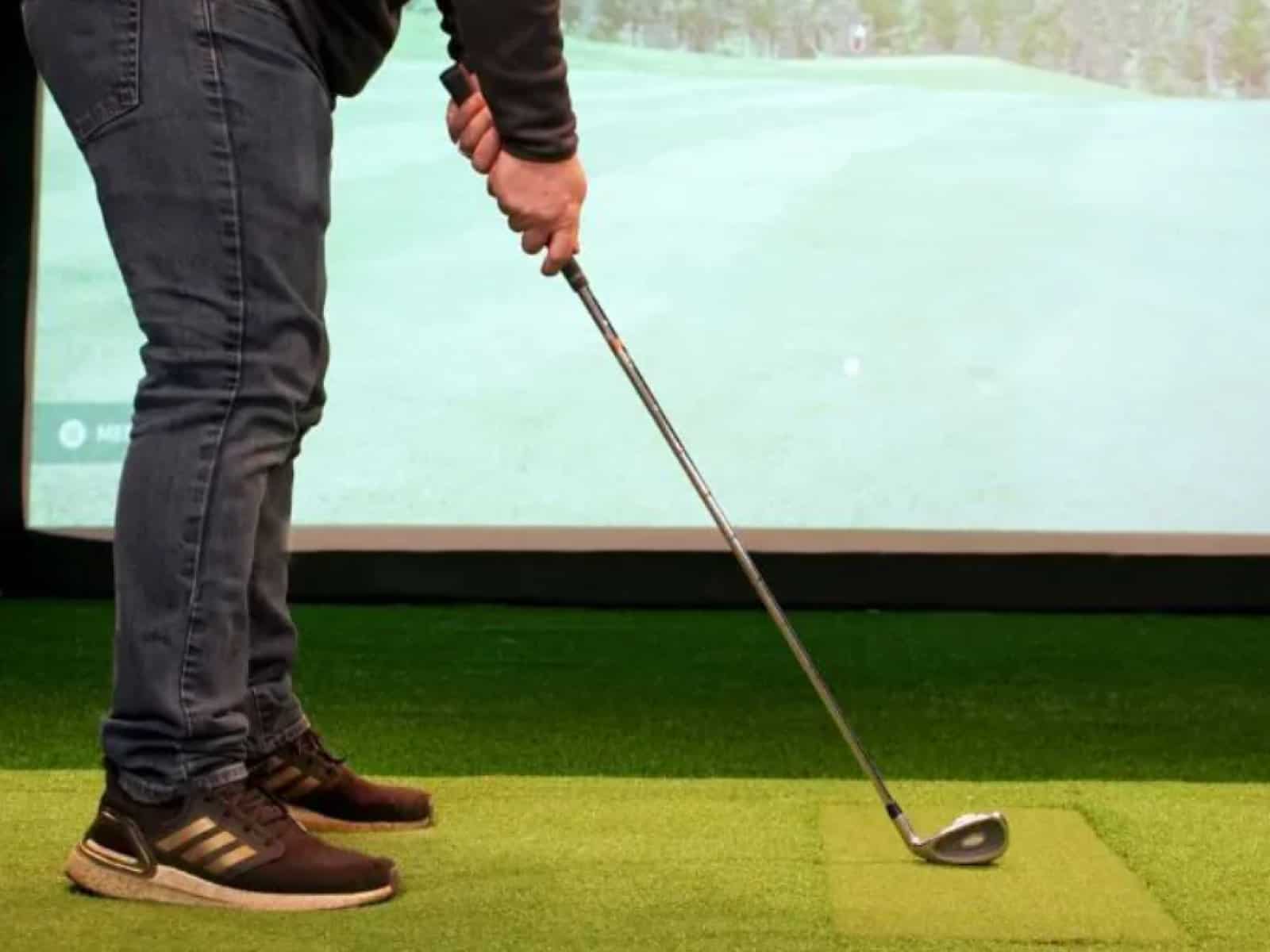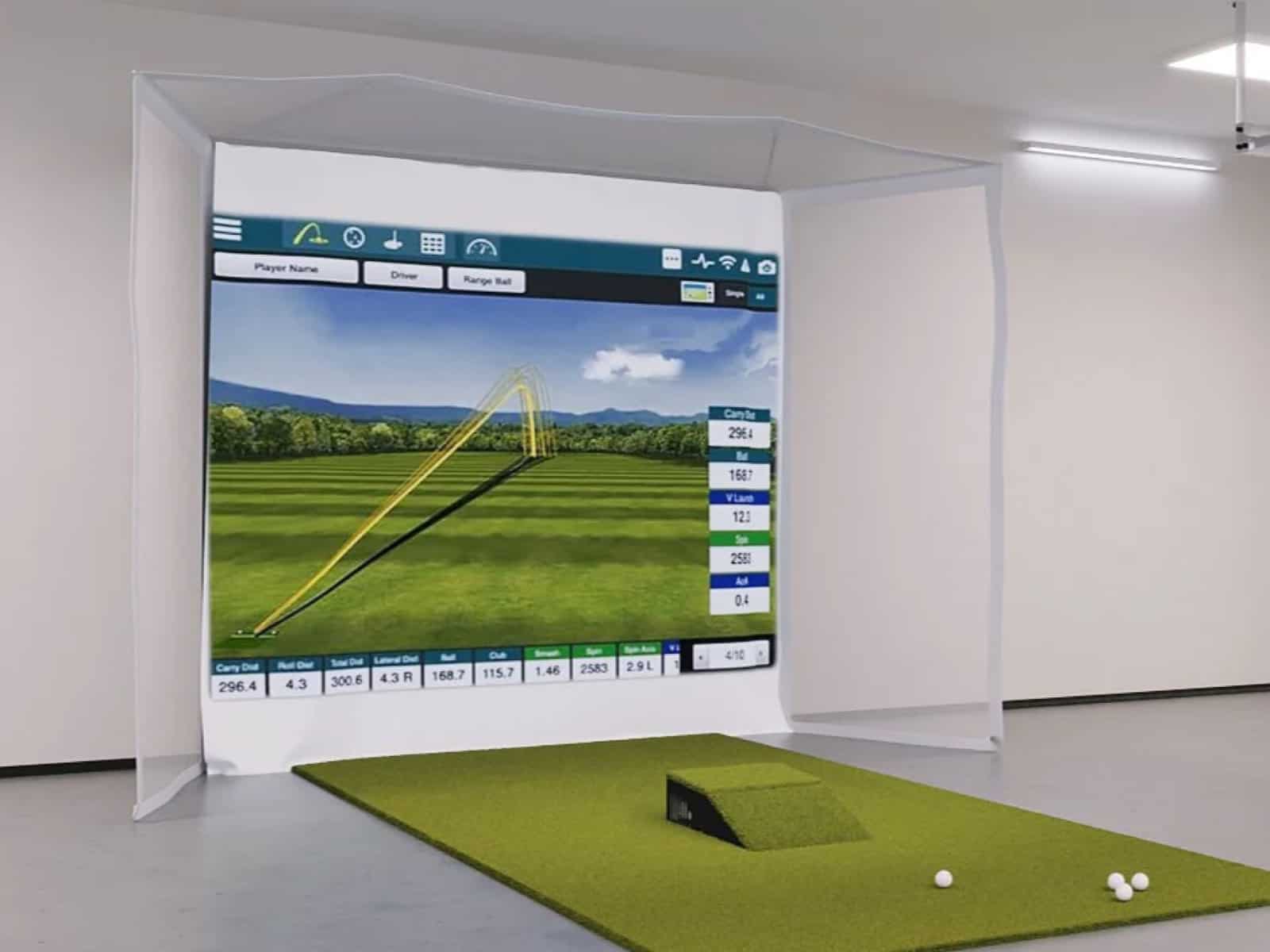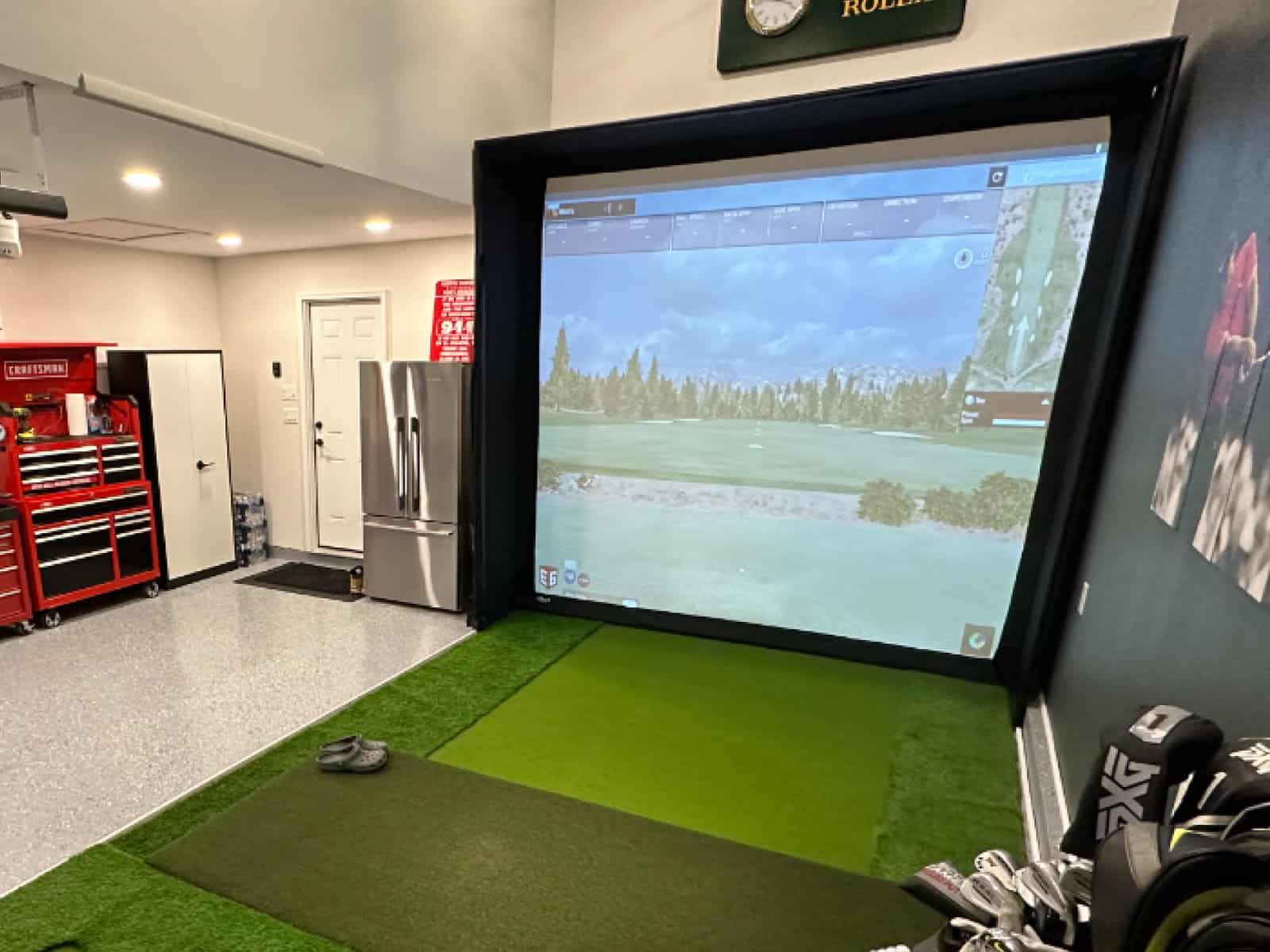Golf simulators have seen a surge in popularity in recent years as technology has enabled more realistic simulation of the golf experience indoors. With high-definition graphics and accurate swing analyses, simulators aim to emulate the look and feel of playing on an actual course. However, there are still differences between virtual and real golf that are important to understand.
While golf simulators aim to replicate the real golf experience as much as possible, there are still notable differences in subtle feel, course conditions, and aspects of play. Golfers who understand these nuances will get the most enjoyment and benefit from their simulators.
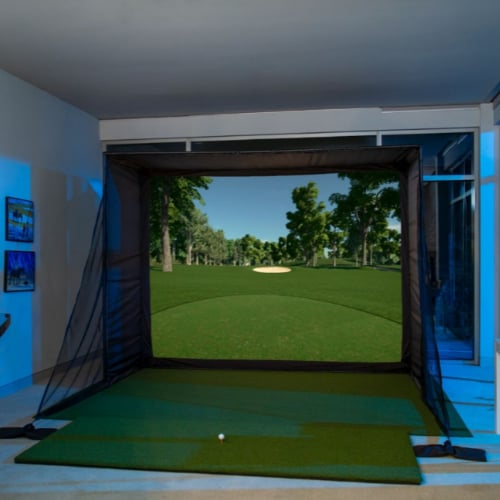
This article will compare simulators to real courses and examine the key similarities and differences in playability, feel, scoring, and difficulty. While simulators continue to get more advanced and realistic through software and equipment innovations, there are limitations to replicating the full experience of playing outdoors on a true golf course.
Playability and Convenience
While simulators aim for realism, they also provide some advantages in playability and convenience compared to real courses. Simulators allow golfers to get in quick practice rounds, play more frequently, and access golf regardless of time, weather or location constraints.
Related: How Accurate Are Golf Simulators?
Pace of Play
One of the biggest advantages of simulator golf is the faster pace of play. Without having to walk or ride between shots, wait on other golfers, or search for lost balls, rounds can be completed very quickly on a simulator. This makes it easy to fit in a full 18 holes during a short lunch break or after work. For those with packed schedules, virtual golf provides a great option with less time commitment.
Accessibility
Another benefit of simulators is the ability to tee off 24/7, 365 days a year, regardless of weather or time of day. While rain, wind or darkness might end a real round early, simulator golf can be played anytime. For golfers in certain climates, simulators expand the golf season year-round.
Practice Opportunities
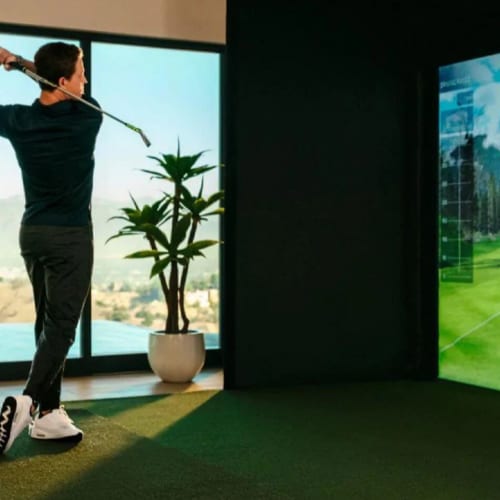
Golf simulators also enable focused practice on specific shots or clubs. The instant feedback and analytics allow golfers to ingrain proper swing paths and dial in yardages. Weaknesses can be targeted and analyzed in detail. This makes simulators an excellent training and improvement tool.
Course Variety
Lastly, simulator software provides the opportunity to play some of the most famous courses in the world. Whether it’s a quick 9 holes at St. Andrews or 18 around Augusta National, golfers can experience legendary courses from the convenience of their local simulator facility.
So while they lack some realism, golf simulators provide strong advantages in playability, accessibility and convenience compared to real golf. For many golfers with time limitations, simulator golf unlocks more opportunities to enjoy and improve at the game they love.
Scoring and Difficulty
While simulators provide some advantages in accessibility and convenience, there are some key differences in scoring and difficulty compared to real golf. Understanding these nuances allows golfers to interpret simulator scores accurately.
Scoring Differences
In general, golfers may find they score slightly better on simulator rounds compared to real golf. With no chance of losing balls, always getting perfect lies, and not being penalized for errant shots, simulators remove some of the challenges inherent in real golf. Shorter putts also tend to be more makeable without green reading skills. These factors can lower scores versus playing on an actual course.
Matching Distances

To get the most authentic simulator experience, it is important to choose appropriate tee boxes so distances match real courses as much as possible. This provides a truer test and makes simulator scores more reflective of potential performance on a real course. Golfers should resist the urge to play from unrealistically forward tees.
Short Game Challenges
Conversely, the short game may be more difficult on a simulator. The lack of feel and depth perception on putts and chips makes precision around the green challenging. Without having to read subtle breaks and grain, short game skills don’t fully translate. So while full swing scores may be helped on a simulator, the short game still demands real skill.
While total scores may be slightly lower on a golf simulator compared to an actual round, the convenience and playability advantages of simulators make them an excellent training tool to improve real golf skills if used properly. Matching real course conditions as much as possible makes the simulator experience more authentic.
Frequently Asked Questions
To help you better understand the similarities and differences between virtual and real golf, we’ve compiled alist of the most frequently asked questions and provided answers for them.
Are golf simulators good for improving your golf skills?
Yes, simulators are excellent for working on your full swing and getting detailed analysis. The ability to dial in specific clubs and shots makes them effective practice tools. But real course time is still essential for short-game skills and course management.
How can you ensure that golf simulator distances match real course distances?
Choose the tee box on the simulator that matches your typical driving distance on real courses. Resist the urge to play from overly forward tees. Tee it forward on simulated par 3s and par 5s to match real hole lengths.
Why is short game often harder on golf simulators?
Factors like ball tracking limitations, lack of green reading skills required, and depth perception issues on putts and chips make the short game more challenging on simulators. Finesse shots don’t translate as easily to simulator conditions.
Final Thoughts
While golf simulator technology has improved dramatically, there are still differences from real golf that affect the experience. Visuals and swing tracking provide greater realism, but physical feel, playing conditions, and subtle skills like green reading are hard to truly replicate.
By understanding key similarities and differences, golfers can enjoy simulator golf for what it is – a way to supplement, but not completely replace, skills developed through rounds on real courses.
With the right perspective and settings tuned to match real conditions, simulator golf provides a valuable addition to a well-rounded golf training regimen. However, the authentic experience of golf will always require blending the physical and mental skills built on real courses.
In the future, technology may continue to close the gap. But for now, simulator golf retains clear distinctions from the essence of the game played outside on living, breathing courses.

